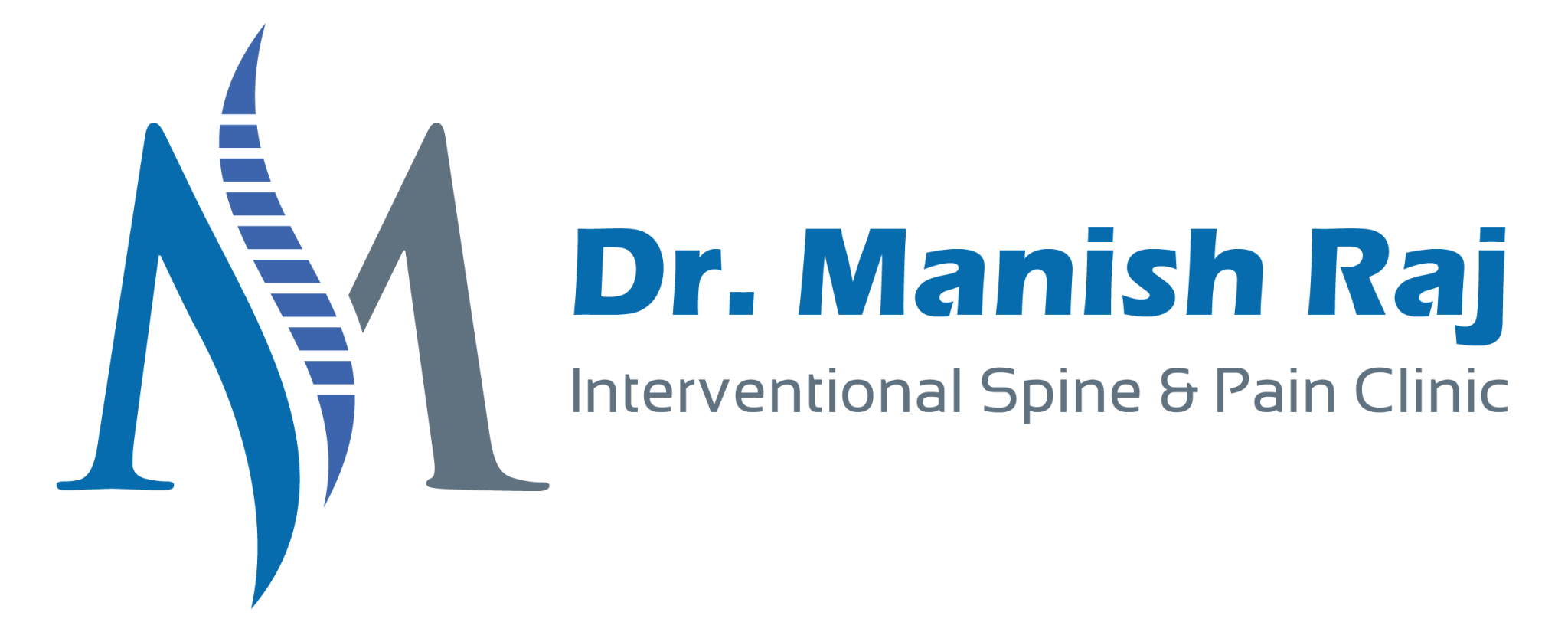Hip & Legs Pain Treatment
Step into our Pain Clinic, where our unique selling proposition (USP) lies in advanced interventional treatment for hip and leg pain. Specializing in precision and innovation, we employ cutting-edge techniques tailored to specifically address the root causes of discomfort in the hip and leg. What sets us apart is our commitment to personalized care – our expert team designs individualized treatment plans, incorporating state-of-the-art, minimally invasive procedures for effective and lasting relief. Choose our clinic for an unparalleled approach to hip and leg pain, where the fusion of expertise and innovation defines a new standard in interventional pain management. Discover transformative care that prioritizes your well-being at our Pain Clinic.
Book An Appointment
Fill out the form below or call us at +971 50 480 4987 or email us at [email protected] to book an appointment with us.

Hip & Legs Pain Treatment
Some of conditions causing hip & leg pain. We strictly advise to take spine & pain specialist opinion on diagnosis & treatment.
Hip arthritis
Changes to the hip joint due to osteoarthritis cannot be reversed, but the disease’s progress can be slowed down. Most treatments, such as weight loss and muscle strengthening, aim to reduce the load carried by the hip joints. Medical treatments, such as medications, injections and surgery, may be used for cases of moderate to severe hip osteoarthritis.
A good treatment plan will account for lifestyle factors and balance the need for activity with rest. The sooner treatment begins the better the odds for conserving joint integrity.
Sciatica
The term sciatica describes the symptoms of leg pain—and possibly tingling, numbness, or weakness—that originate in the lower back and travel through the buttock and down the large sciatic nerve in the back of each leg. Sciatica is not a medical diagnosis in and of itself—it is a symptom of an underlying medical condition. Common lower back problems that can cause sciatica symptoms include a lumbar herniated disc, degenerative disc disease, spondylolisthesis, or spinal stenosis.
Piriformis Syndrome
Piriformis syndrome is a condition in which the piriformis muscle, located in the buttock region, spasms and causes buttock pain. The piriformis muscle can also irritate the nearby sciatic nerve and cause pain, numbness and tingling along the back of the leg and into the foot (similar to sciatic pain).
Slip disc/ Disc bulge
Although people often refer to a disc herniation as a slipped disc, the disc doesn’t actually slip out of place. Rather, the term herniation means that the material at the center of the disc has squeezed out of its normal space. Herniation occurs when the nucleus in the center of the disc pushes out of its normal space. The nucleus presses against the annulus, causing the disc to bulge outward. Sometimes the nucleus herniates completely through the annulus and squeezes out of the disc.
Achilles Tendinitis
Achilles tendinitis is a common condition that occurs when the large tendon that runs down the back of your lower leg becomes irritated and inflamed.
The Achilles tendon is the largest tendon in the body. It connects your calf muscles to your heel bone and is used when you walk, run, climb stairs, jump, and stand on your tip toes. Although the Achilles tendon can withstand great stresses from running and jumping, it is also prone to tendinitis, a condition associated with overuse and degeneration.
Sacroiliac joint pain
The term sacroiliitis is used to describe any inflammation in the sacroiliac joint, which is located on either side of the sacrum (lower spine) that connects to the iliac bone in the hip. Sacroiliitis is often found as part of a feature of inflammatory conditions of the spinal column. As a group, these conditions and diseases are termed a “spondyloarthropathy” and include conditions such as ankylosing spondylitis, psoriatic arthritis, and reactive arthritis, among others. Sacroiliitis is also a term that is sometimes used interchangeably with the term sacroiliac joint dysfunction, as technically either term can be used to describe pain that stems from the sacroiliac joint (or SI joint).
Bursitis
Bursitis is inflammation of the bursa. There are two major bursae in the hip that typically become irritated and inflamed. One bursa covers the bony point of the hip bone called the greater trochanter. Inflammation of this bursa is called trochanteric bursitis.
Another bursa — the iliopsoas bursa – is located on the inside (groin side) of the hip. When this bursa becomes inflamed, the condition is also sometimes referred to as hip bursitis, but the pain is located in the groin area. This condition is not as common as trochanteric bursitis, but is treated in a similar manner.
Consult Spinomax Pain & spine Center to find out best hips & leg pain treatment.

Dr. Manish Raj
MD, DA(Gold Medal), FENDS, FIAPM, FISP, FPM
MEET YOUR DOCTOR
Read Our Patient Opinion
OUR AFFILIATIONS







